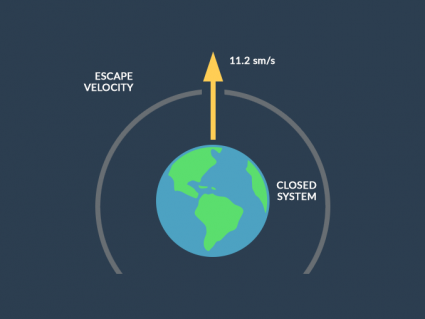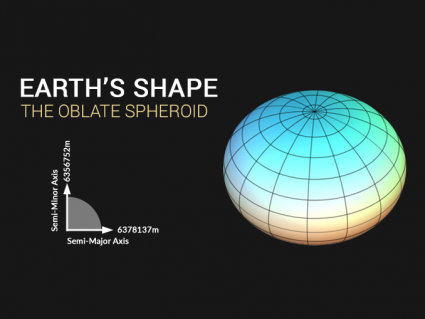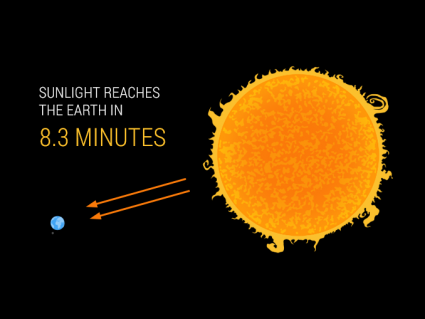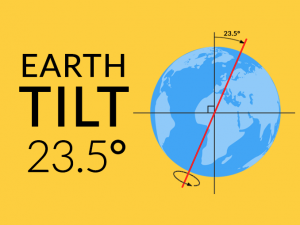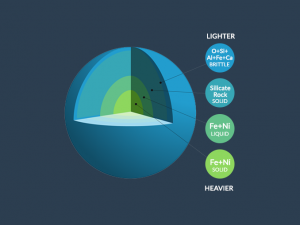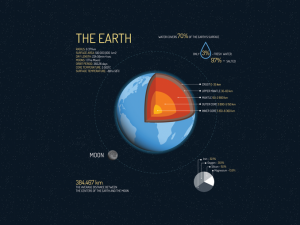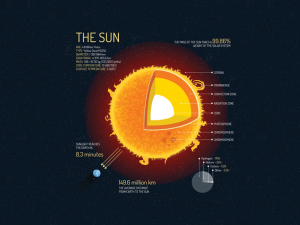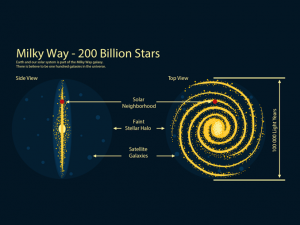Electromagnetic Radiation – Explore the EM Spectrum
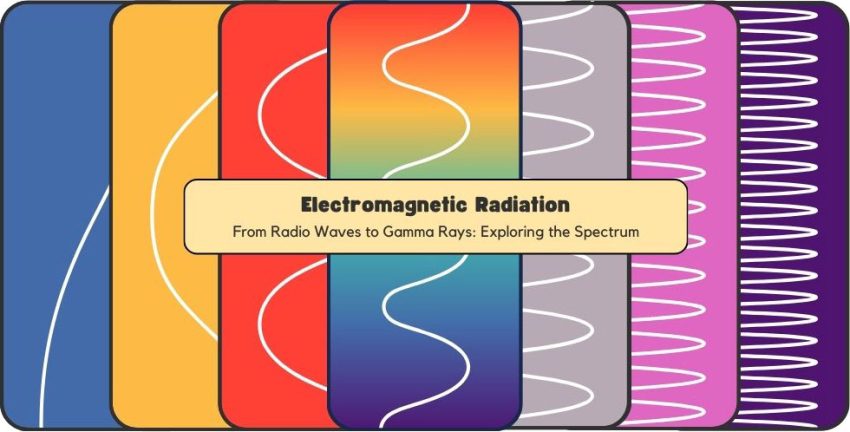
What is Electromagnetic Radiation?

Electromagnetic radiation is invisible waves of energy that travel through space. Imagine similar to ocean waves, but electromagnetic waves carry energy in the form of light, radio signals, microwaves, and more.
They’re made up of tiny particles called photons. They vary in strength and frequency, which determines their type, like visible light, X-rays, or radio waves.
These waves are how things like light from the sun reach us. It’s also how we use things like Wi-Fi and cell phones to communicate.
The EM Spectrum
The electromagnetic (EM) spectrum is like a big family of waves. Each part of the spectrum can do all sorts of cool stuff that we’ll show you.
These waves range from really long ones like radio waves that your radio uses, to really short ones like X-rays and gamma rays that can go through your body.

In the middle, you have the visible light that you can see, with all the colors of the rainbow. The highest frequency and shortest wavelengths are gamma rays.
But we’re going to start with the lowest frequency and longest wavelengths part of the EM spectrum – radio waves.
Radio waves
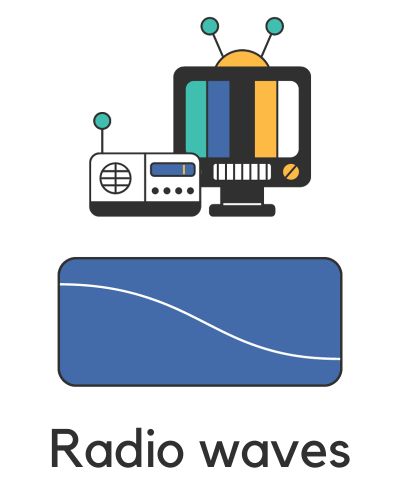
Radio waves are the longest waves in the EM spectrum, and they have the least energy.
They might be at the “low-energy” end of the rainbow, but they’re incredibly important for our everyday communication.
In fact, we use these low-frequency waves whenever we listen to the radio. Each station uses a specific frequency to send its signal.
We use radio waves to broadcast everything from wireless communication, including Wi-Fi.
Microwaves

Microwaves fall in between radio waves and infrared radiation in the EM spectrum.
We call them “microwaves” because they have just the right size to make water molecules vibrate, and that’s how your microwave oven heats your food.
But they’re also used in things like cell phones and radar, helping us communicate and detect objects.
Microwaves are important for weather forecasting because they can go through clouds and interact with water.
Infrared

Infrared light is just beyond the red color in the EM spectrum. Although it’s light that’s invisible to our eyes, we can still feel it as heat.
We use infrared in things like TV remote controls and thermal imaging cameras to help us see things that give off heat.
Firefighters can use thermal imaging cameras to find people in smoke-filled rooms by detecting temperature differences.
We also use it in astronomy to observe objects in space that emit infrared light such as distant stars, galaxies, and even the universe.
Visible
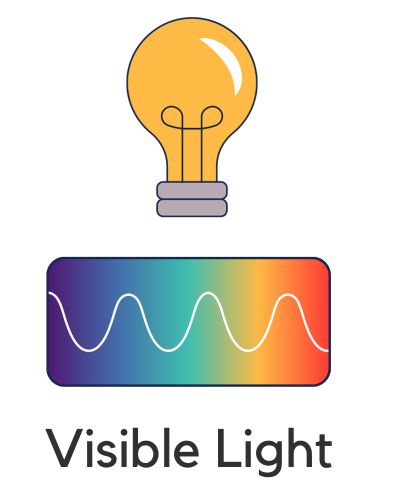
Visible light is the part of the spectrum that we can see, and it includes all the colors of the rainbow, from red to violet. When you look at a rainbow, you’re seeing the entire visible light from red to violet.
Red light has longer wavelengths, while violet light has shorter ones. Our eyes and brain work together to interpret these wavelengths as different colors.
The visible part of the EM spectrum is also useful in fiber optic cables, plant photosynthesis, and telescope observation.
So, visible light is not only special because it’s the part of the spectrum we can see. But it’s also fundamental to our understanding of the world, communication, and even the study of the universe.
Ultraviolet (UV)
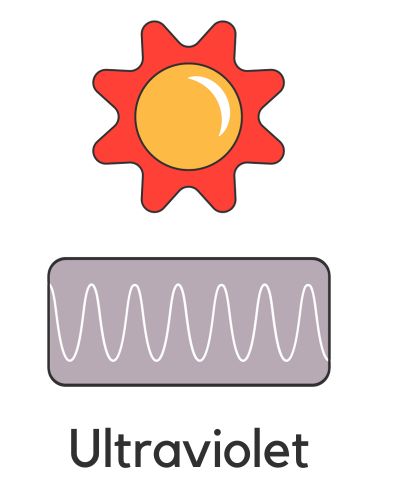
UV (Ultraviolet) light has shorter wavelengths than visible light, which is why we can’t see it.
From solar radiation (UV rays), it can be harmful to our skin or eyes. So, that’s why we use sunscreen and sunglasses to protect ourselves from it.
UV light in forensics is like a detective’s special tool. When a crime happens, forensic officers use UV light to search for hidden clues by shining UV light.
Finally, UV light also has important uses in things like sterilizing water and other medical applications.
X-Radiation
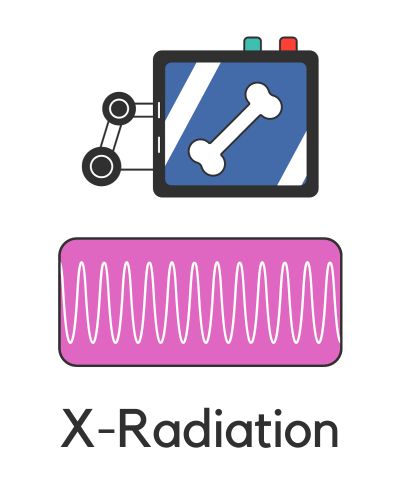
X-rays, also known as X-radiation, are a powerful type of light that can penetrate through objects, including skin and muscles.
This makes it useful for taking pictures of your bones or checking your suitcase at the airport to make sure there’s nothing hidden inside.
Although X-rays are useful for medical imaging and security checks, excessive exposure can be harmful.
Gamma Rays
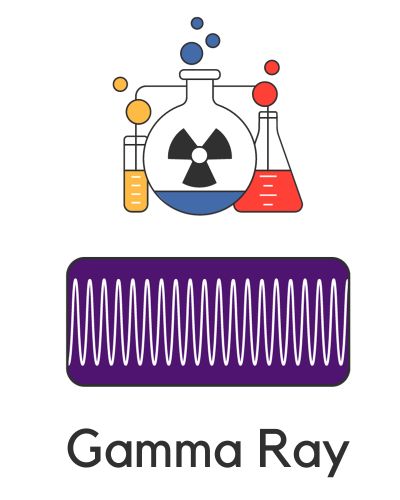
Finally, the last family in the EM spectrum is gamma rays. They have the most energy and have the shortest wavelengths.
Gamma radiation can carry more than 10,000 times the energy of visible light photons, making them useful for various applications.
They’re created in powerful events like exploding stars and nuclear reactions. We use them in cancer treatment because gamma rays can damage the DNA (Deoxyribonucleic Acid) of cancer cells.
Although they have benefits in cancer treatment and studying the universe, they can also be dangerous to your health.
Summary: Electromagnetic Radiation
Electromagnetic radiation is invisible waves that play crucial roles in our daily lives.
From radios to medical imaging, the EM spectrum is the unsung hero of modern communication, technology, and medical diagnostics.
Using their power has many benefits. But with great power comes great responsibility. It’s crucial to be responsible and mindful of health risks.

